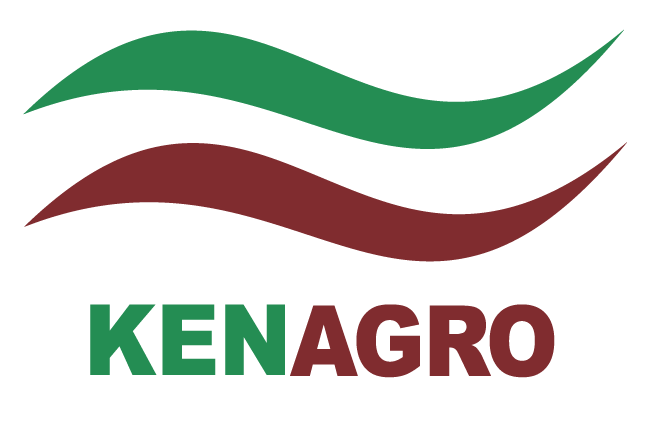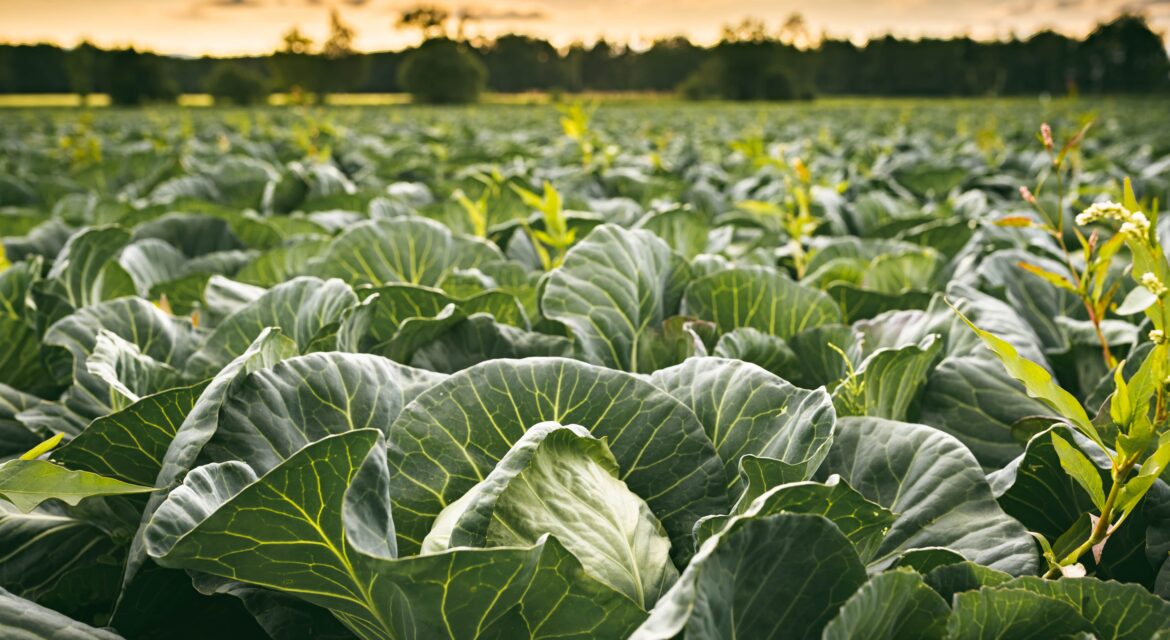Cabbage farming in Kenya is a profitable agribusiness for both smallholder and commercial farmers, driven by consistent local demand and increasing consumption in urban and peri-urban areas. Key cabbage-growing regions in Kenya include Kiambu, Nyandarua, Nakuru, Bungoma, Meru, and Trans-Nzoia.
Cabbage is a staple vegetable in Kenyan households, eateries, and markets. With the right practices and farm management, cabbage farming offers a steady source of income year-round.
This guide covers essential steps to achieve high yields and profitability in cabbage cultivation in Kenya.
1. Crop Selection and Planning
Choosing the right cabbage variety is essential to suit your region, climate, and market demand. Use certified seeds from reputable suppliers to ensure germination and disease resistance.
Popular Cabbage Varieties in Kenya:
- Gloria F1 – High-yielding, large heads, and disease-resistant.
- Copenhagen Market – Early maturing, suitable for cooler highland areas.
- Blue Dynasty F1 – Suitable for warm regions, uniform heads, good shelf life.
- Victoria F1 – Tolerant to black rot and highly marketable.
Planting Calendar:
- Rain-fed cabbage farming in Kenya: Best planted during the onset of rains (March–April or October–November).
- Irrigated farming: Enables year-round production and better control over planting cycles.
Evaluate land, irrigation access, labour, and potential buyers before scaling your operations.
2. Soil and Climate Requirements
Cabbage grows well in fertile, well-drained loamy soils with good organic matter.
Optimal Conditions for Cabbage Farming:
- Soil pH: 6.0–6.8 (slightly acidic to neutral)
- Temperature: 15°C–24°C (cooler climates preferred)
- Rainfall: 500–800 mm annually
Avoid waterlogged areas and heavy clay soils to reduce root diseases.
3. Land Preparation and Planting Techniques
Prepare land 2–3 weeks before planting to allow weed control and soil aeration.
Steps:
- Nursery establishment: Sow seeds in raised nursery beds; transplant after 4–6 weeks when seedlings have 4–6 true leaves.
- Transplanting: Space at 60 x 60 cm or 75 x 45 cm depending on variety and head size.
- Fertilizer application: Use well-rotted manure, compost, or basal fertilizers like DAP at transplanting for root development.
4. Crop Management (Irrigation, Fertilization, Weeding)
Irrigation:
- Cabbage requires consistent moisture, especially during head formation.
- Avoid over-irrigation to prevent diseases like black rot and head splitting.
Fertilization:
- Top-dress with CAN or urea 3–4 weeks after transplanting.
- Supplement with foliar feeds and micronutrients where needed.
- Conduct soil tests to guide nutrient application accurately.
Weeding:
- Weed regularly, especially during the first 4–6 weeks.
- Use shallow hoeing to prevent root damage.
- Apply mulch to suppress weeds and retain soil moisture.
5. Pest and Disease Control
Common Pests:
- Cabbage worms (diamondback moth, cutworms)
- Aphids
- Whiteflies
Common Diseases:
- Black rot
- Downy mildew
- Fusarium wilt
Control Measures:
- Use certified seeds and resistant varieties.
- Apply biopesticides or recommended chemical pesticides.
- Practice crop rotation with non-brassicas (e.g., legumes).
Maintain field hygiene and proper spacing for ventilation.
6. Harvesting and Post-Harvest Handling
Cabbage is ready for harvest when heads are firm, compact, and attain marketable size (typically 2–3 kg per head).
Harvesting Steps:
- Cut heads with a sharp knife, retaining a few outer wrapper leaves.
- Sort and grade cabbage based on size and quality.
- Transport using well-ventilated crates or sacks to prevent bruising.
Storage:
- Store in cool, shaded areas.
For longer shelf life, use cold storage where available.
7. Marketing and Value Addition
Cabbage is in high demand among traders, supermarkets, hotels, and institutions.
Marketing Tips:
- Sell directly to consumers, hotels, or through aggregation centers.
- Partner with farmers’ cooperatives for bulk sales and better prices.
- Time production to coincide with off-season demand for premium prices.
Value Addition Options:
- Shredded and packaged cabbage
- Fermented cabbage (e.g., sauerkraut)
- Dehydrated cabbage flakes for soup mixes
8. Farm Business and Record Keeping
Treat cabbage farming as a business to improve efficiency and profitability.
Business Tips:
- Keep accurate records on inputs, labour, disease control, yields, and sales.
- Monitor cost-benefit analysis to evaluate profit margins.
- Access agricultural extension services, loans, and crop insurance.
- Use digital tools for weather updates, agronomic support, and market trends.
Unlocking the Potential of Cabbage Farming in Kenya
Cabbage farming in Kenya provides a sustainable and profitable livelihood when backed by the right practices. From seed selection to post-harvest handling, investing in modern farming techniques and smart marketing can result in high yields and substantial profits.
By treating cabbage farming as a serious agribusiness, Kenyan farmers can tap into growing local and export markets with confidence.




